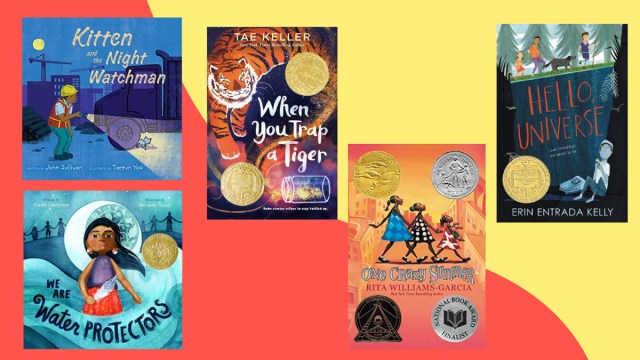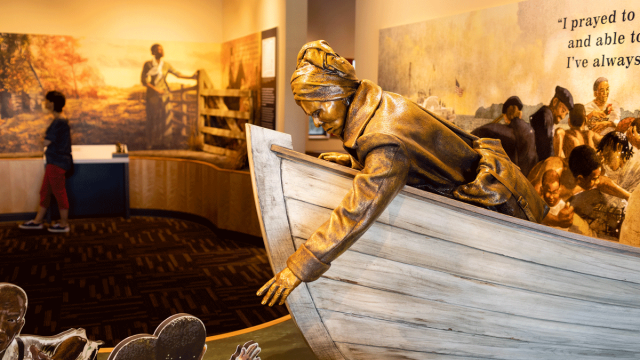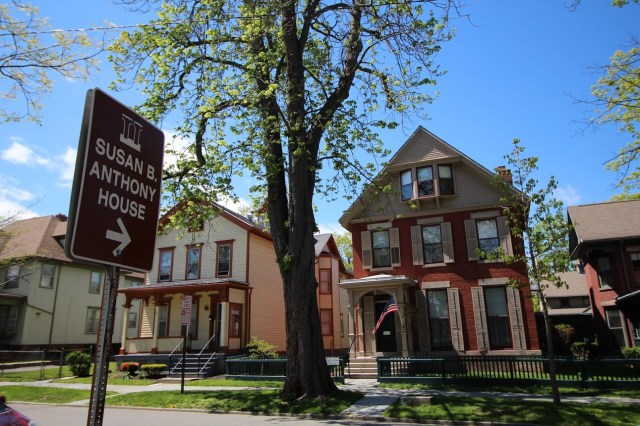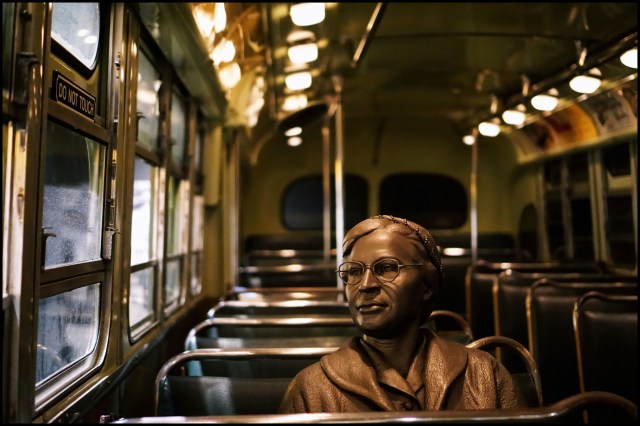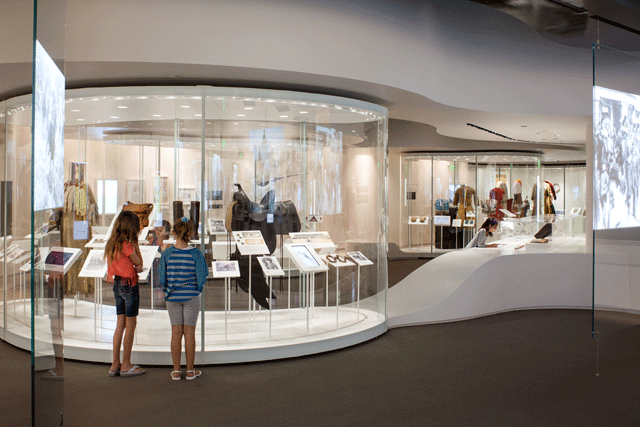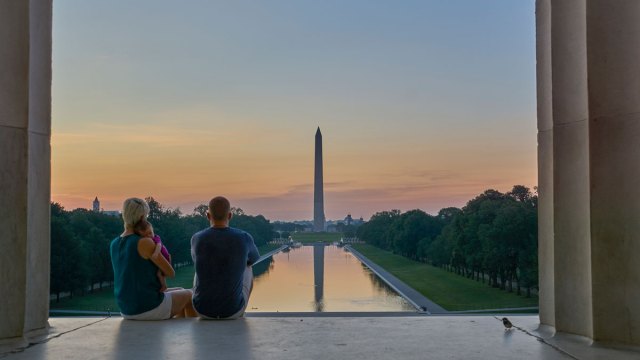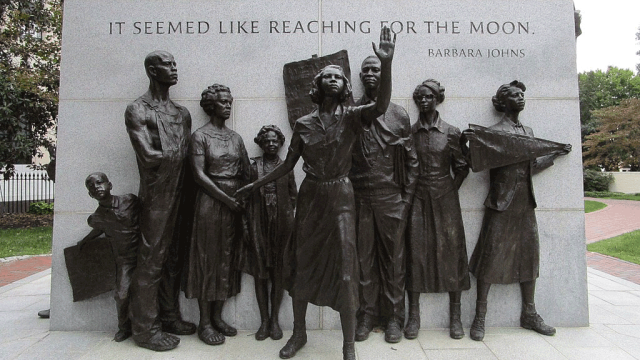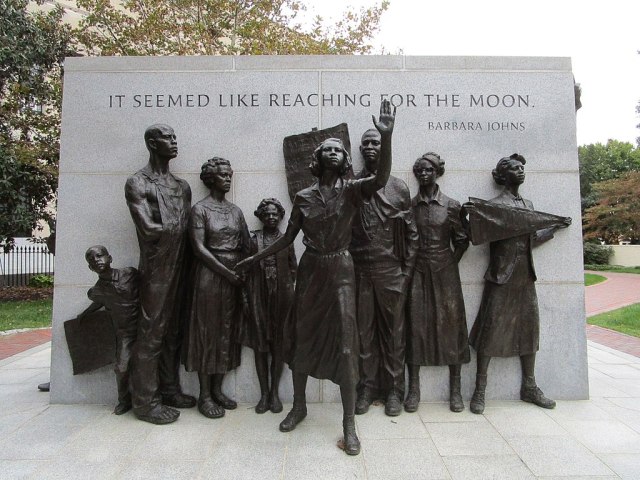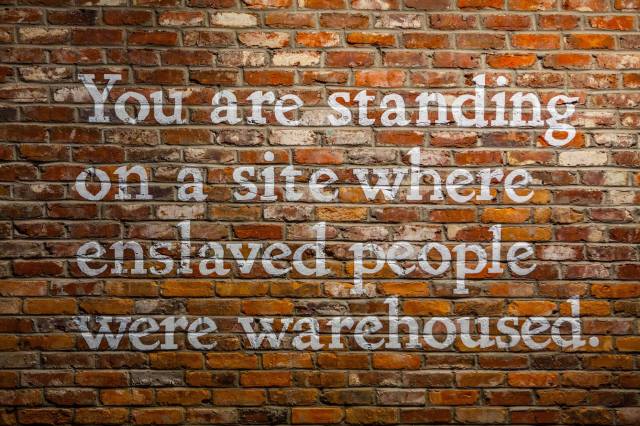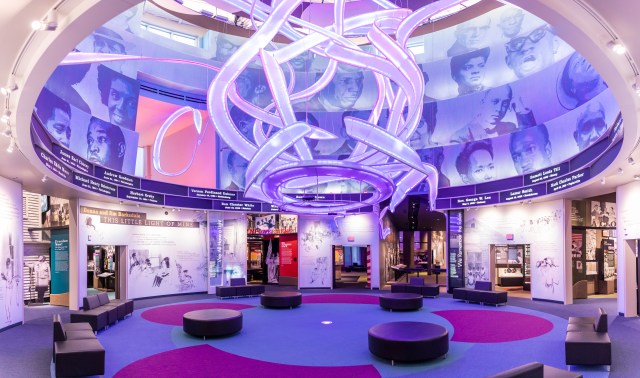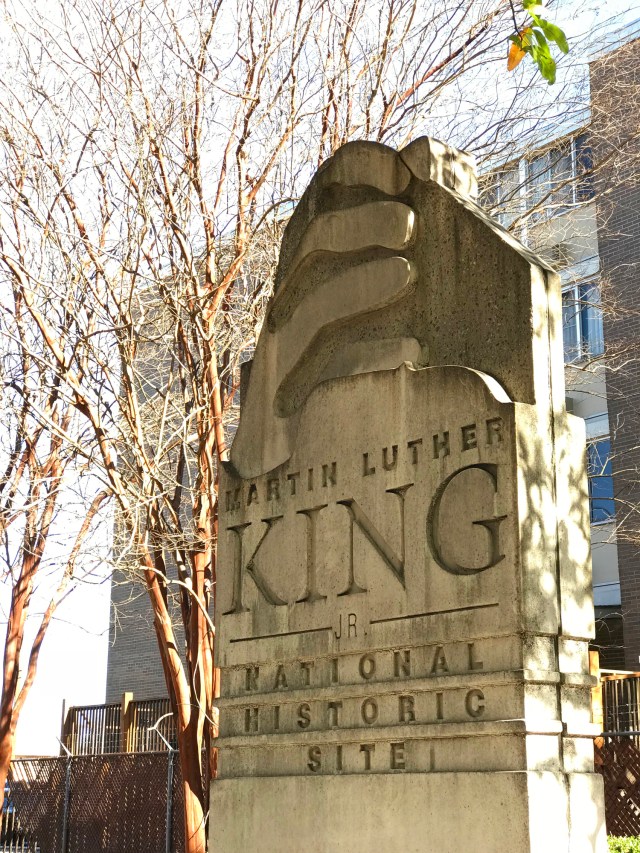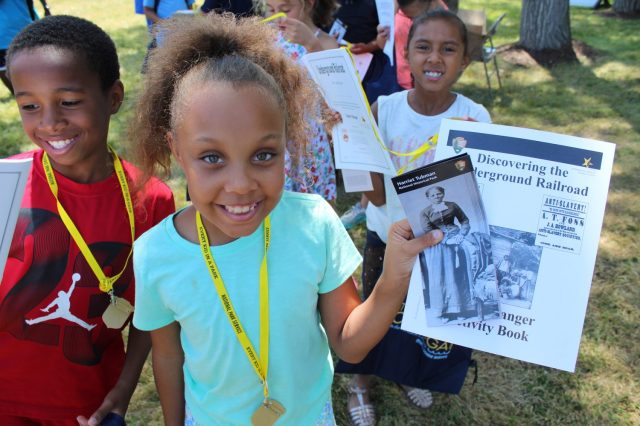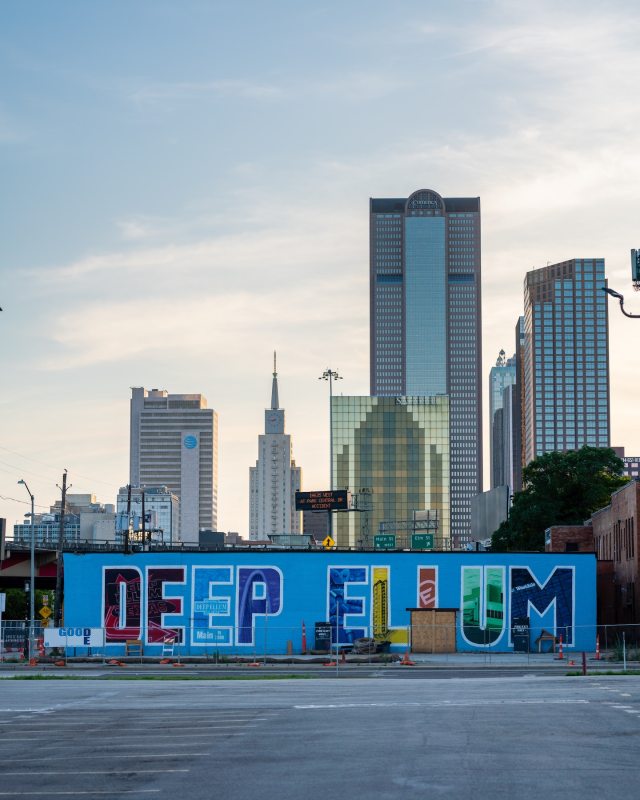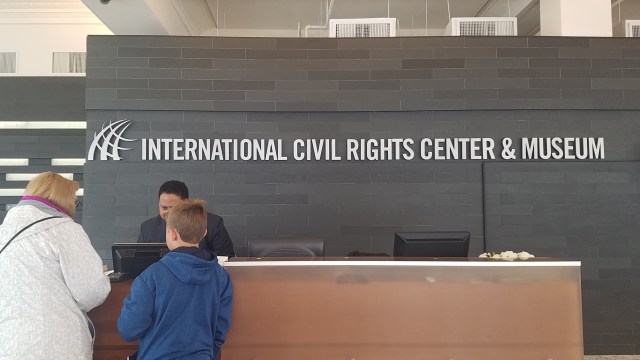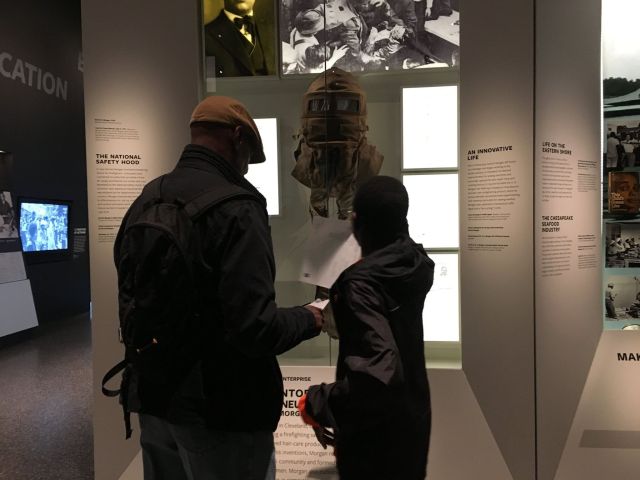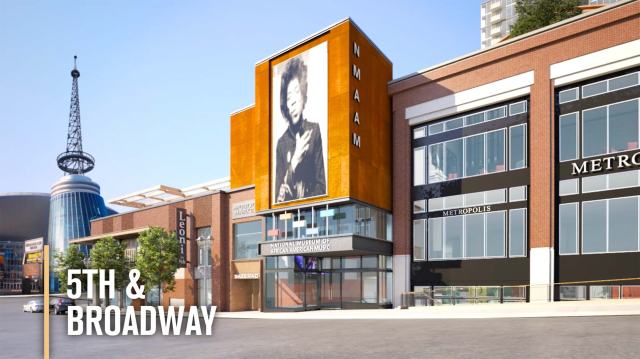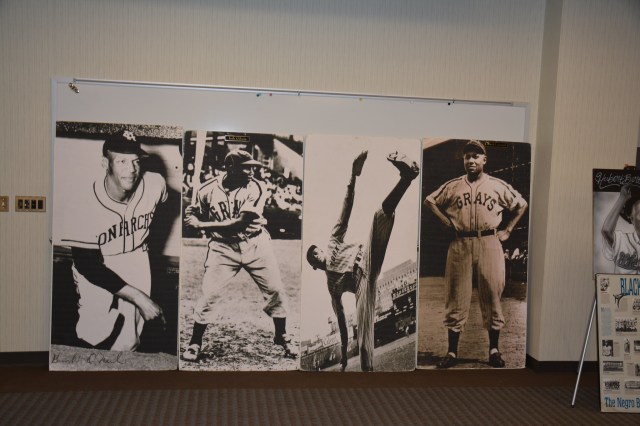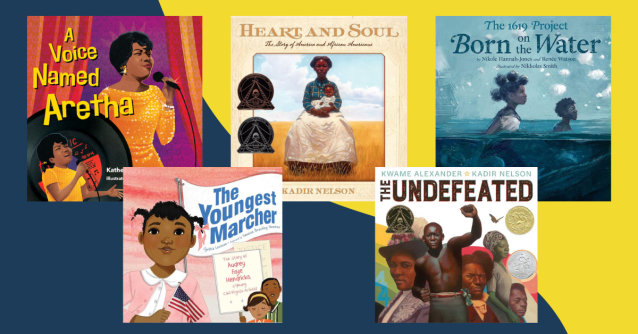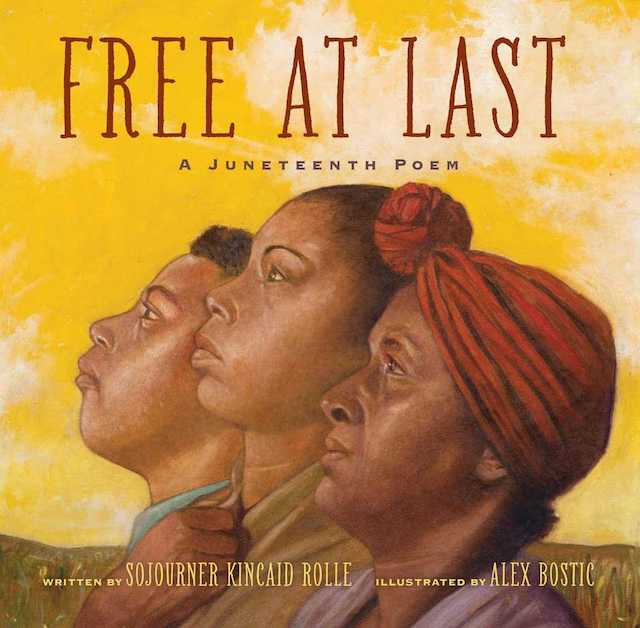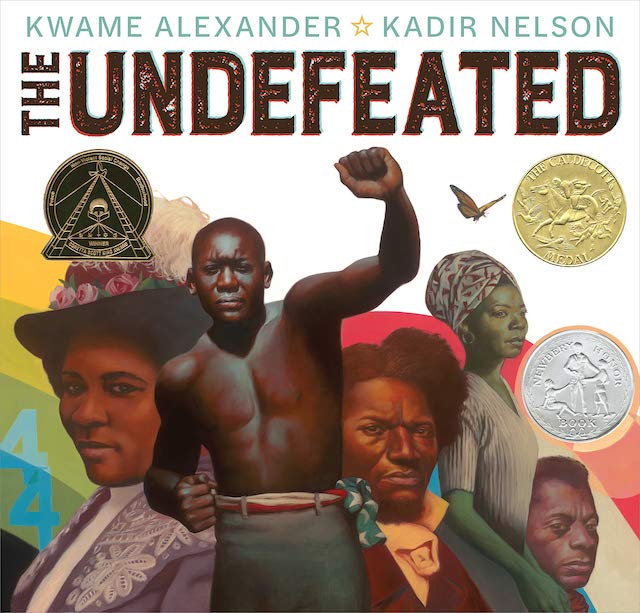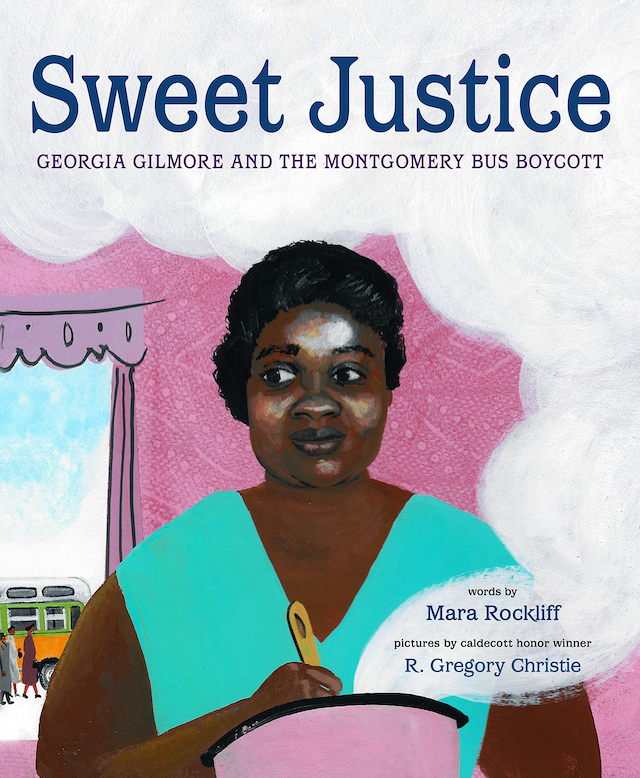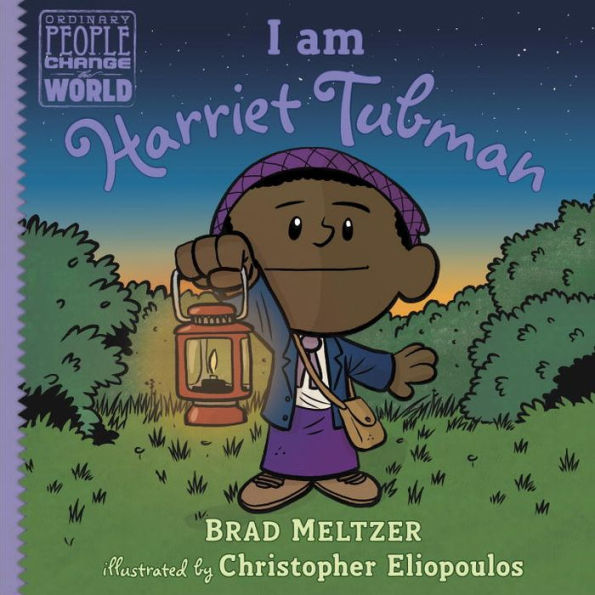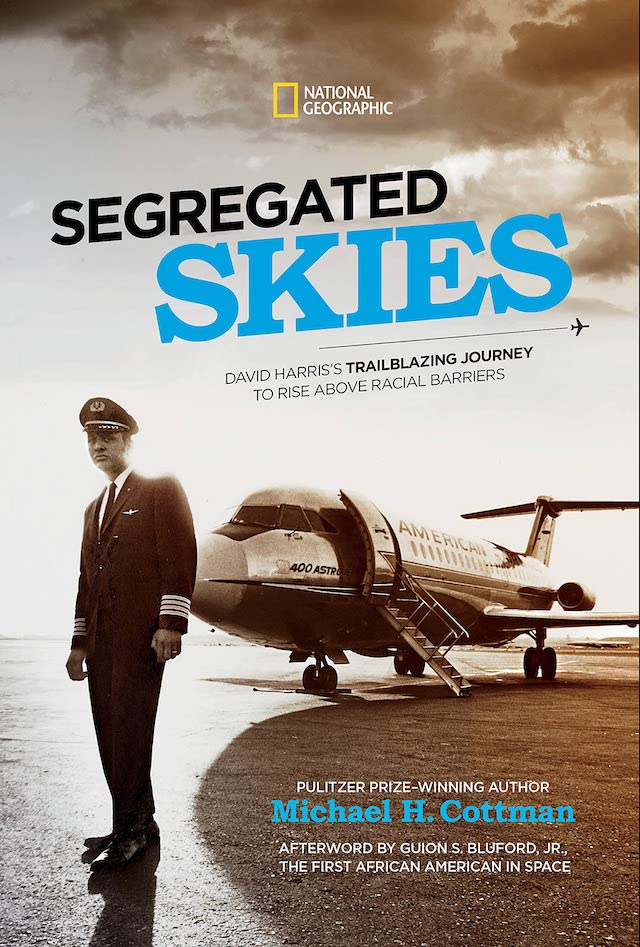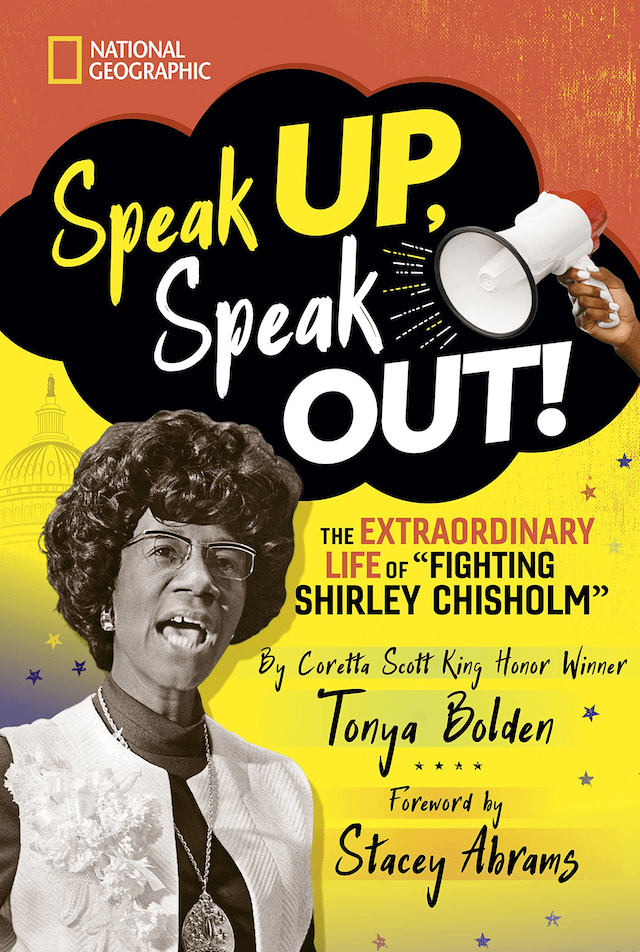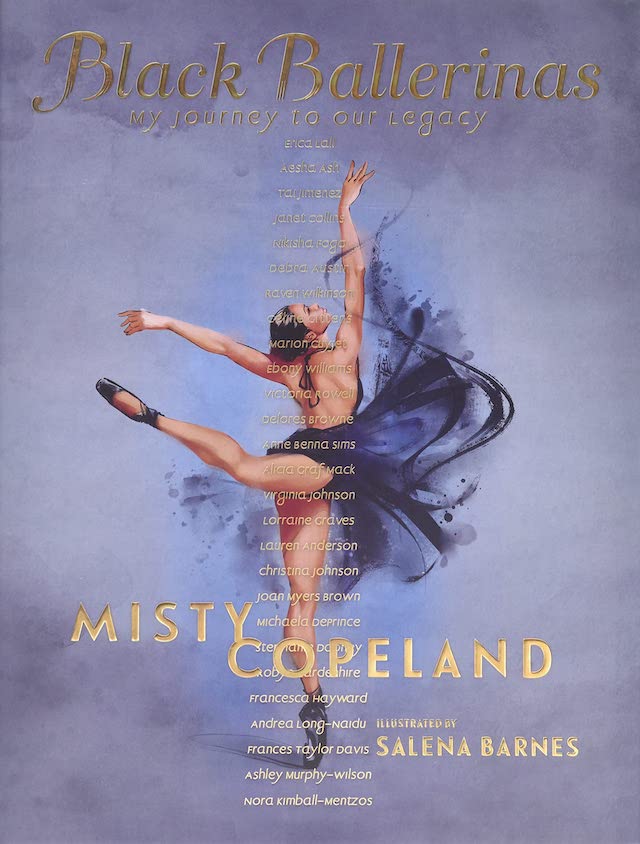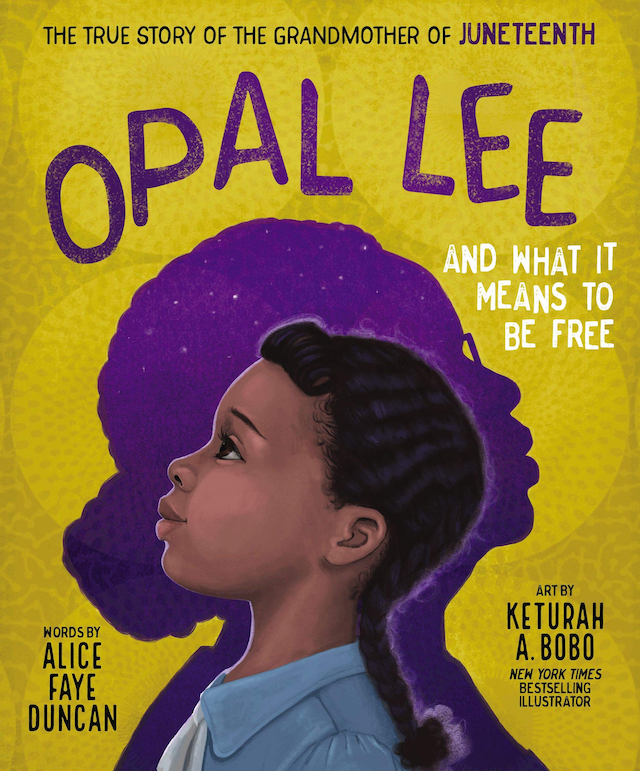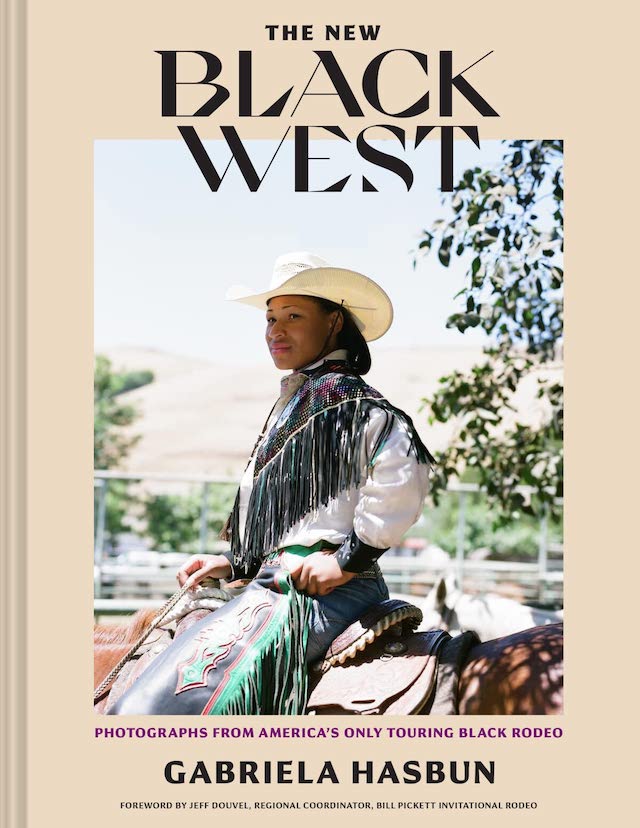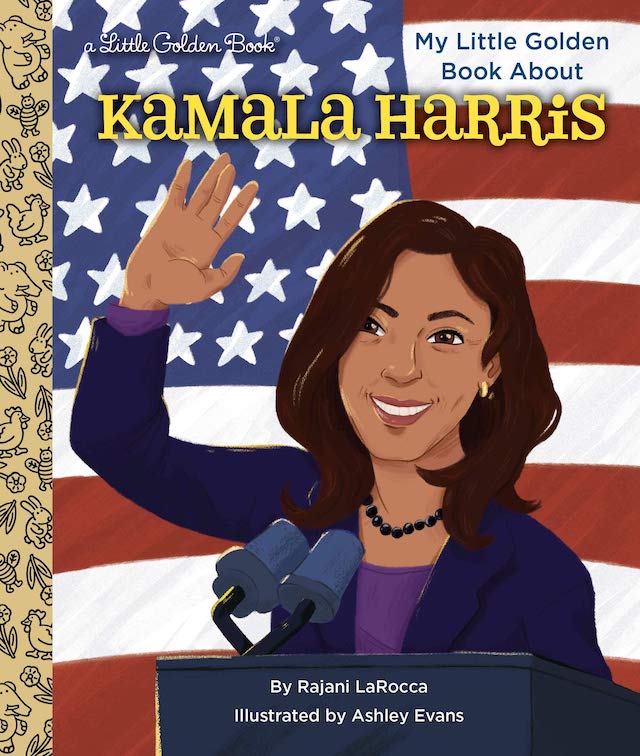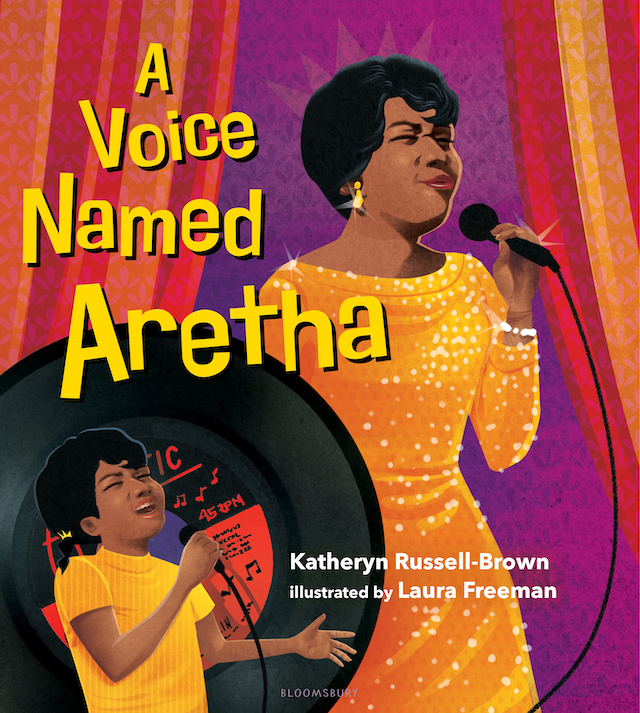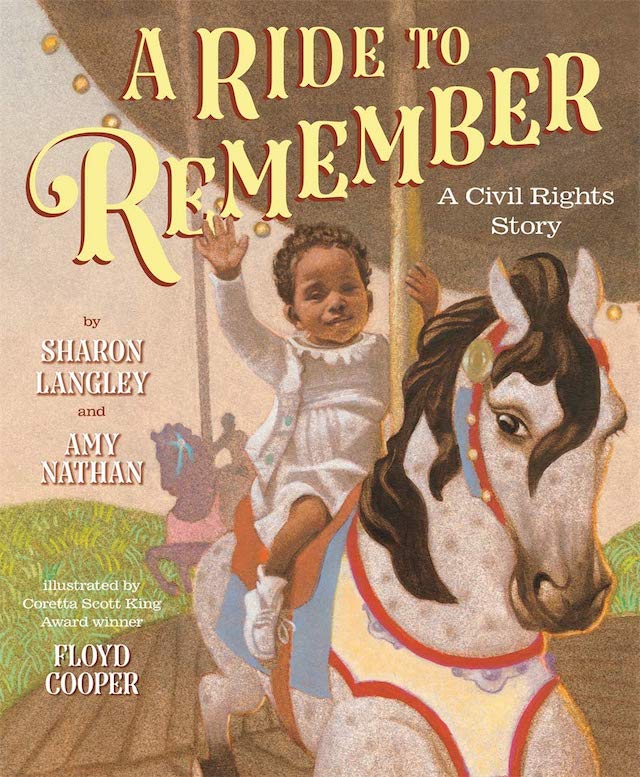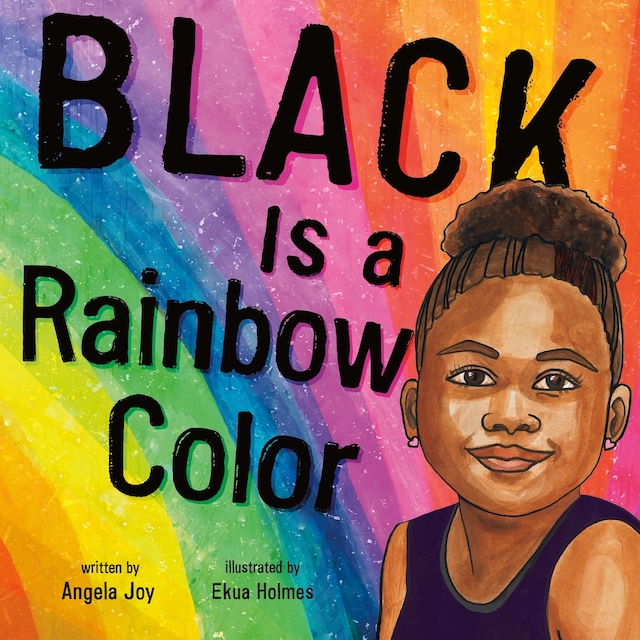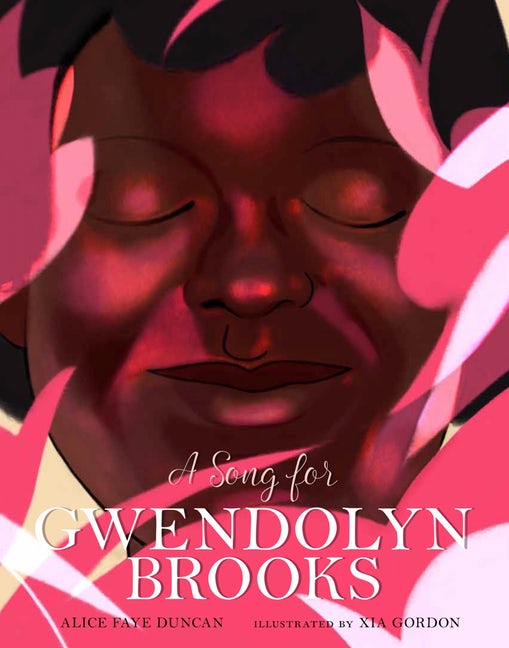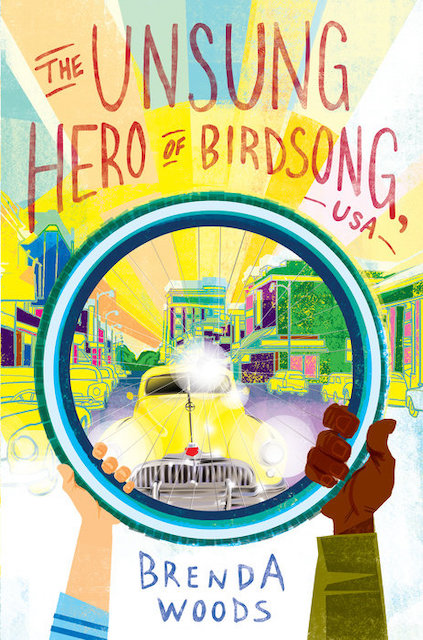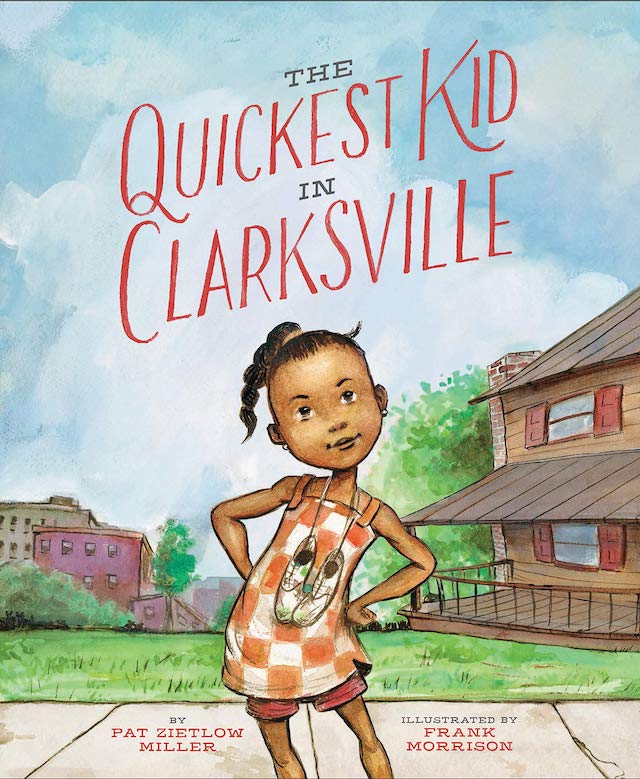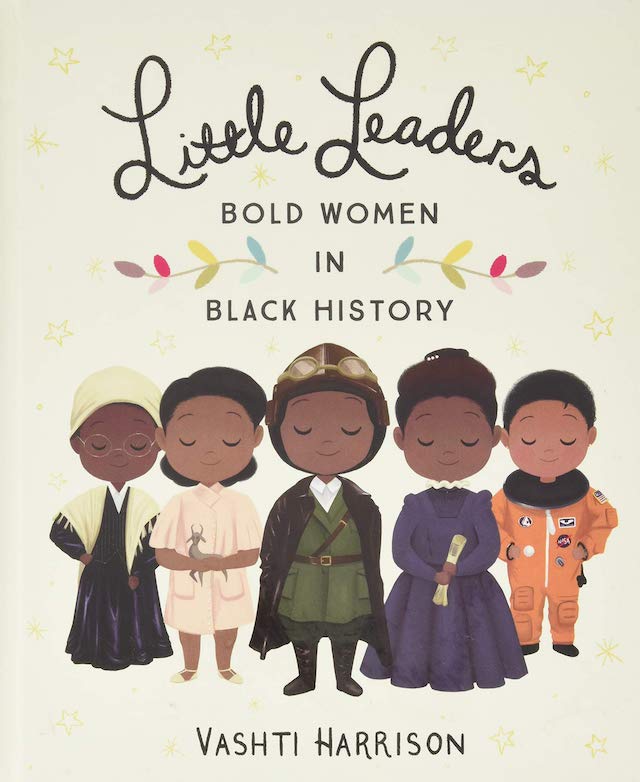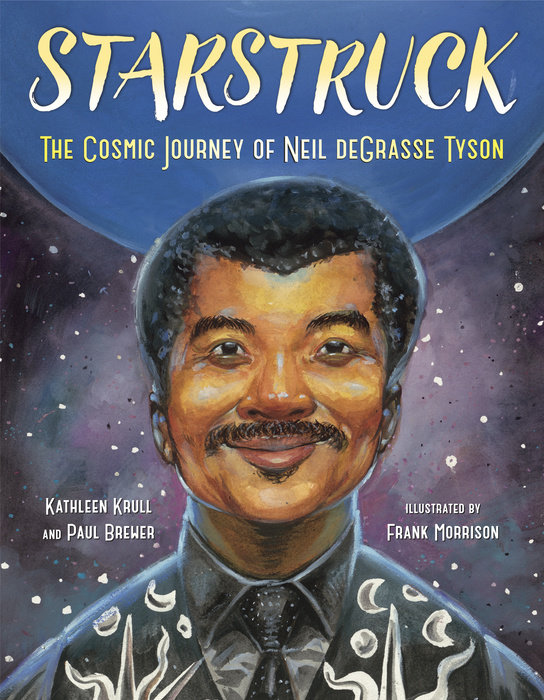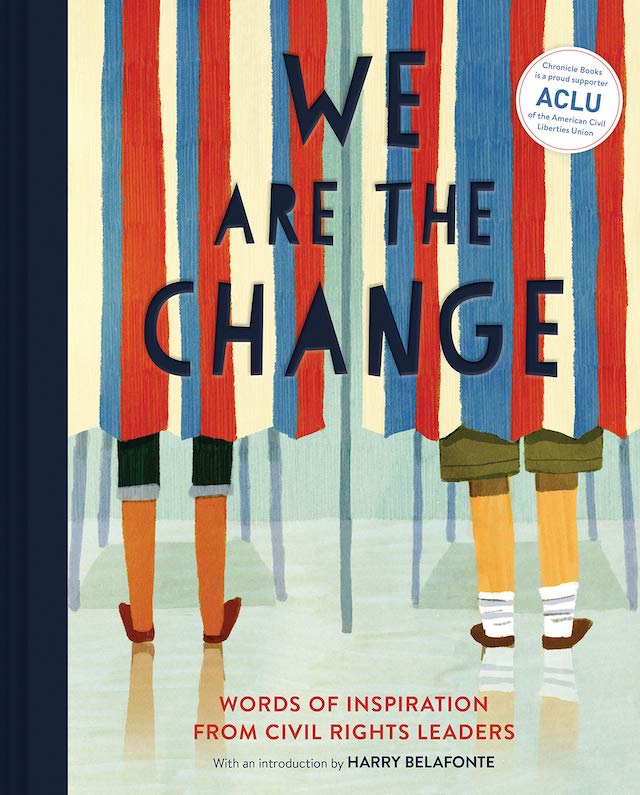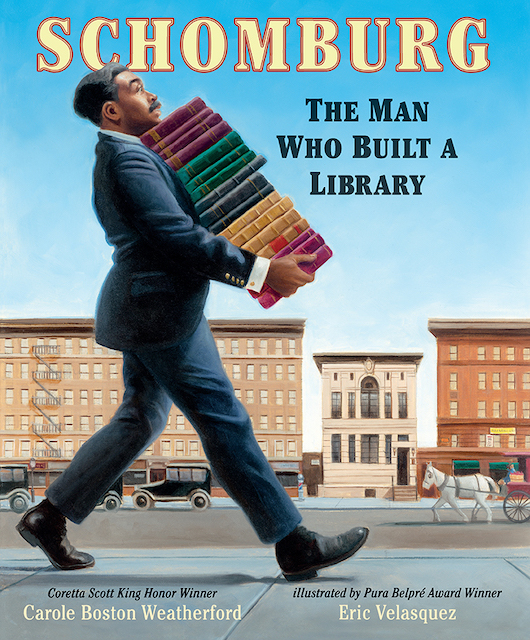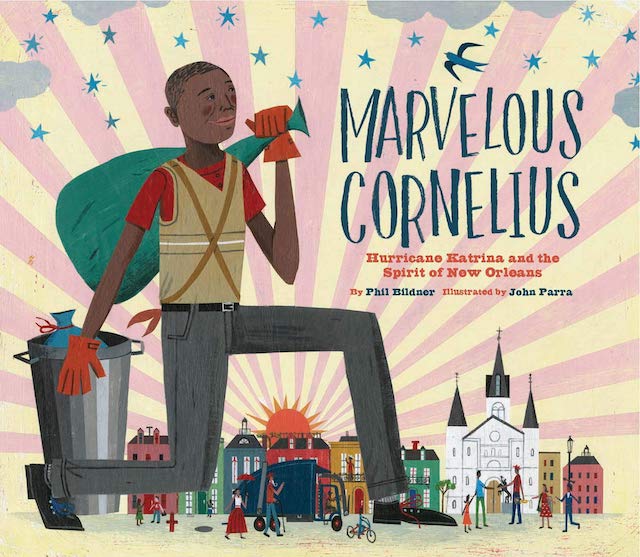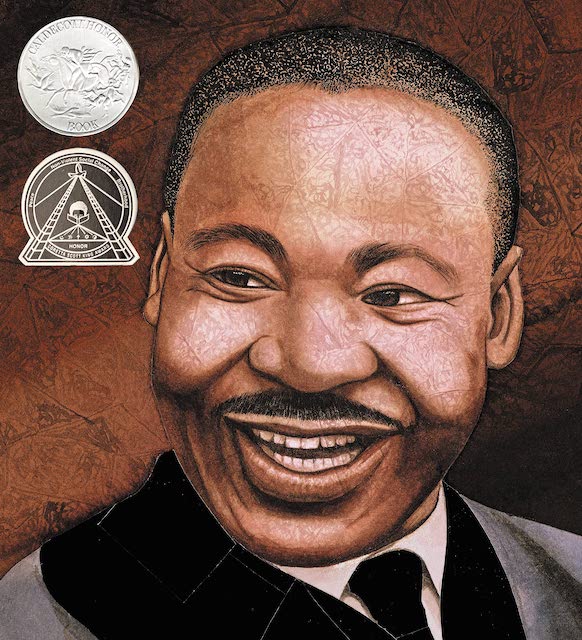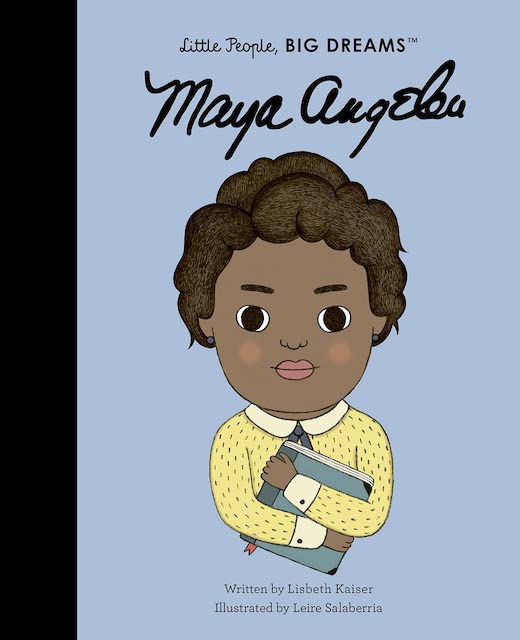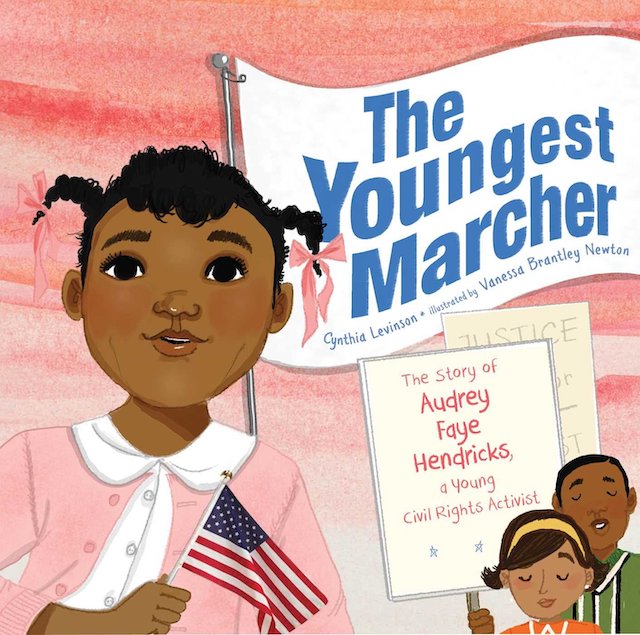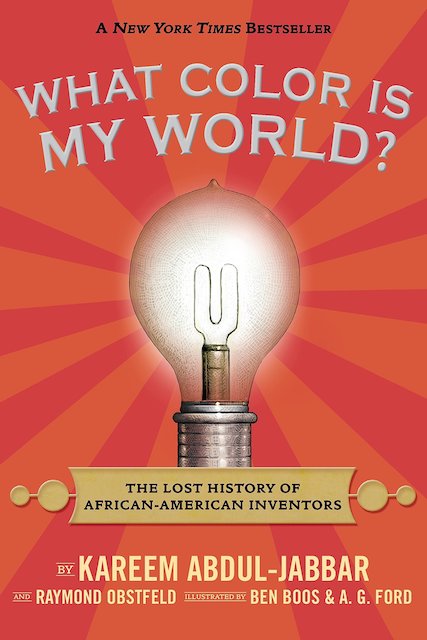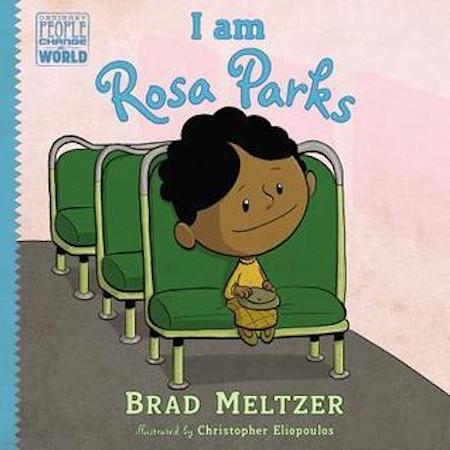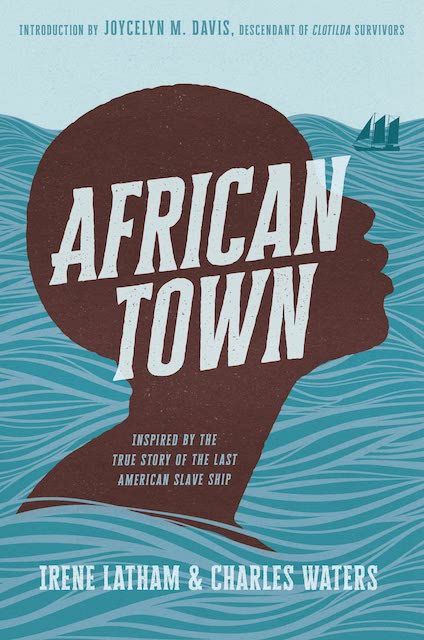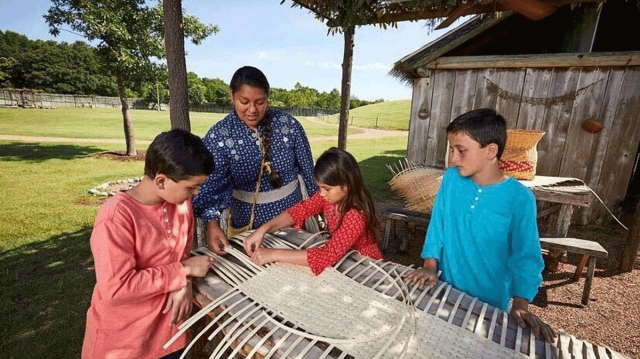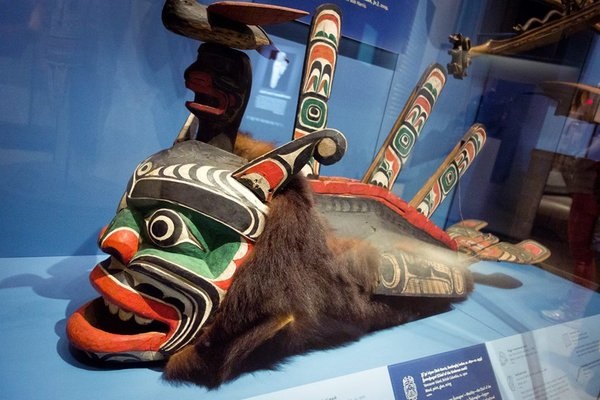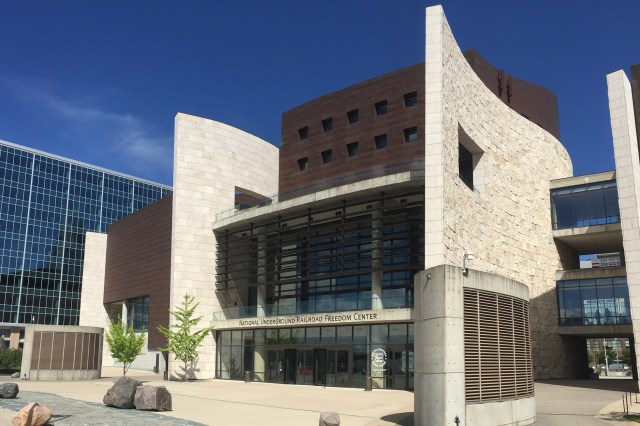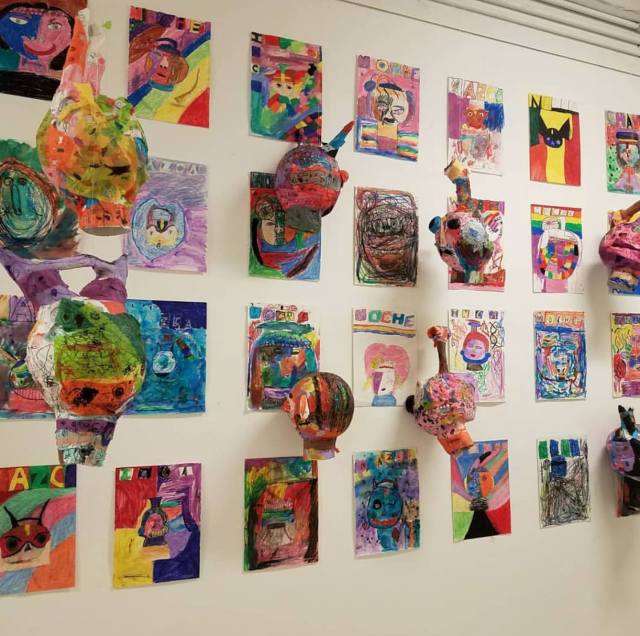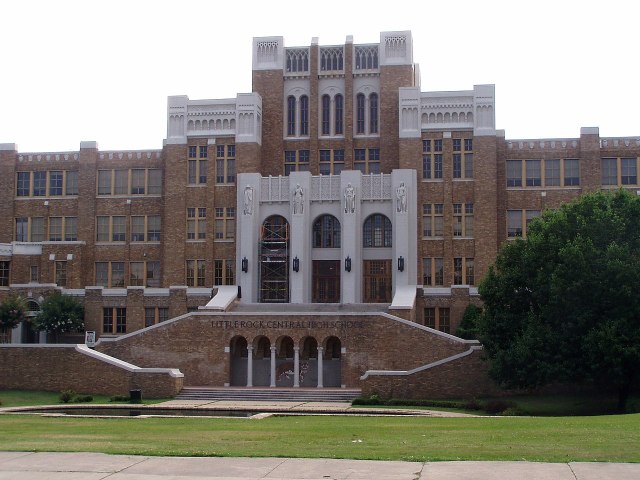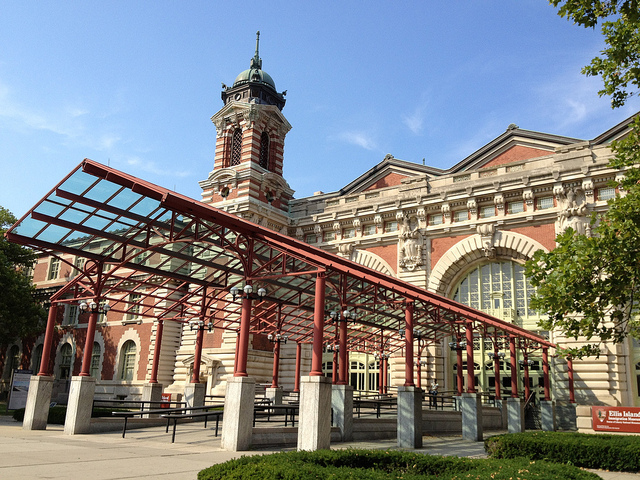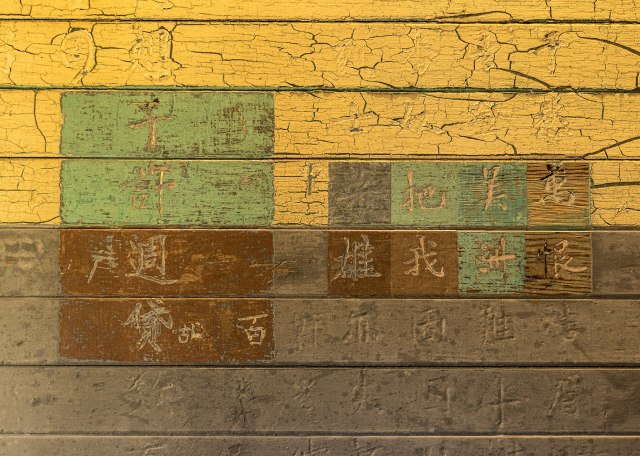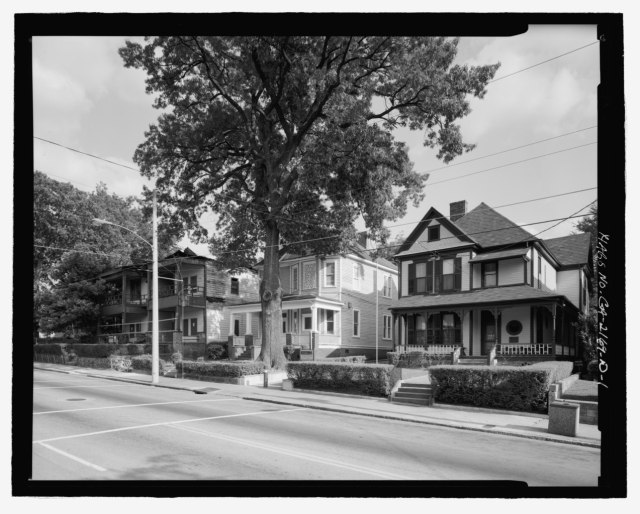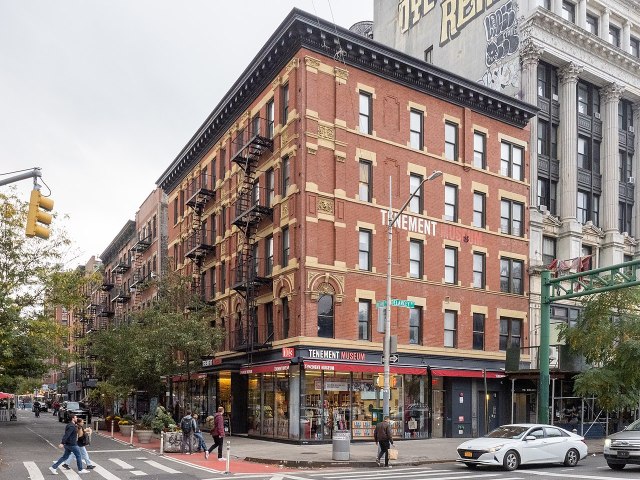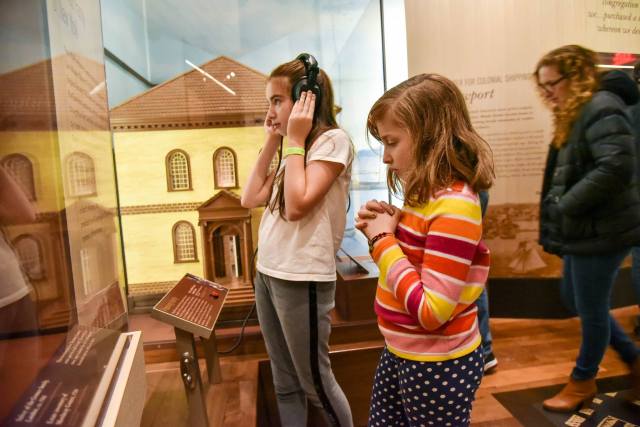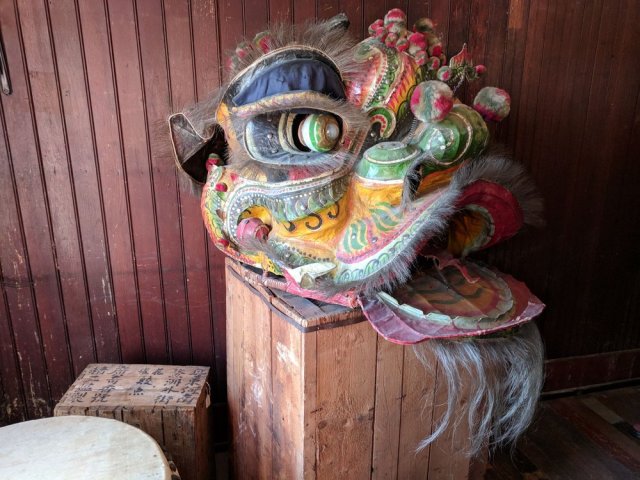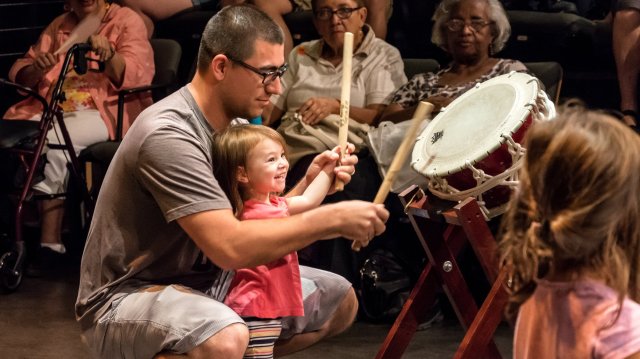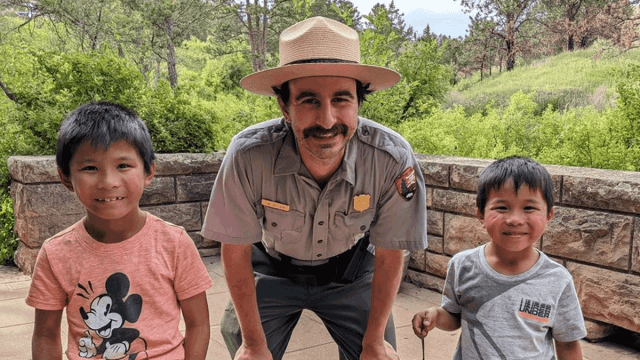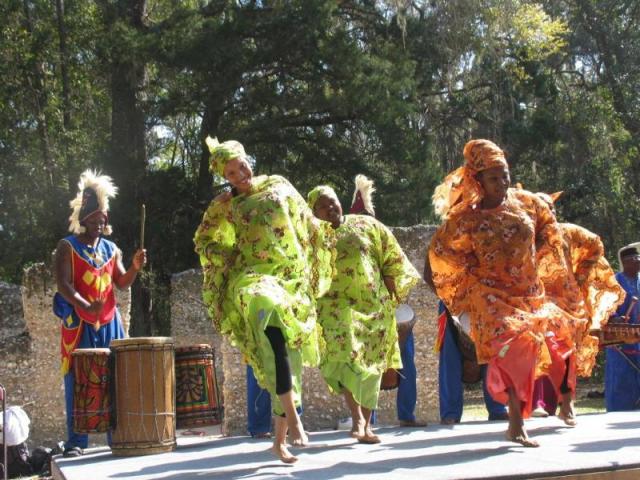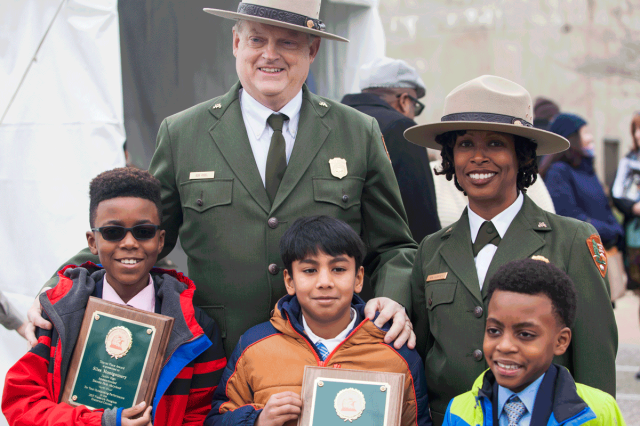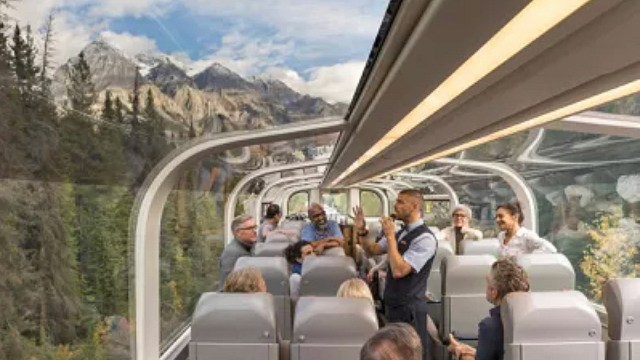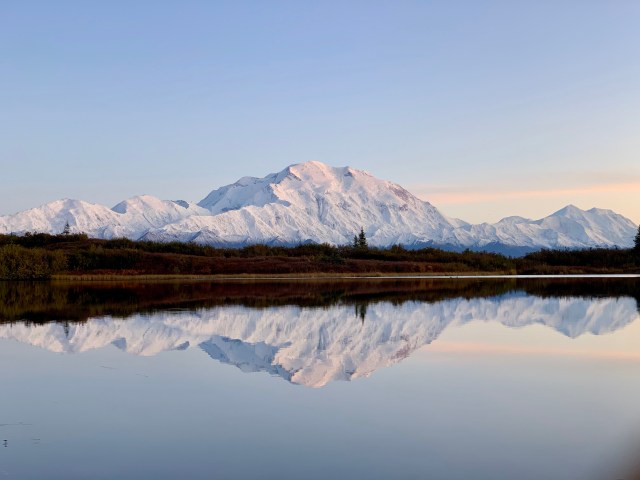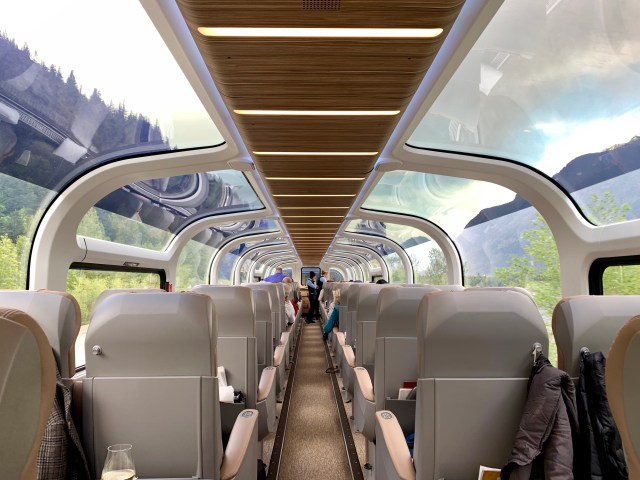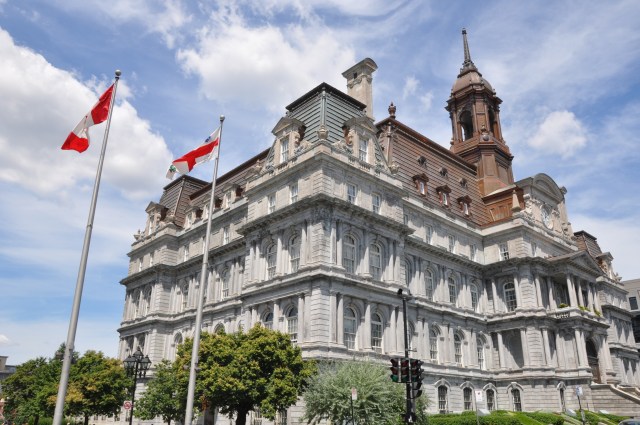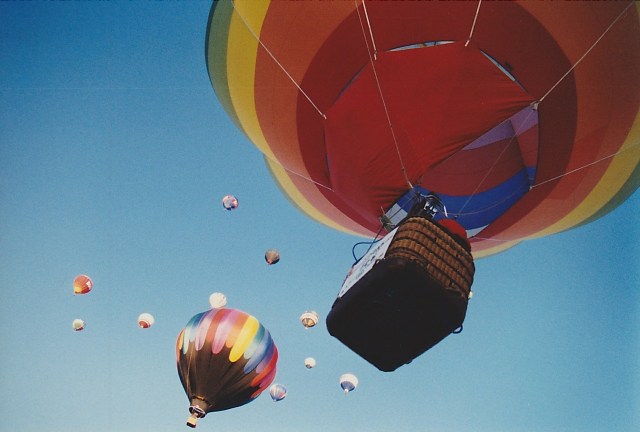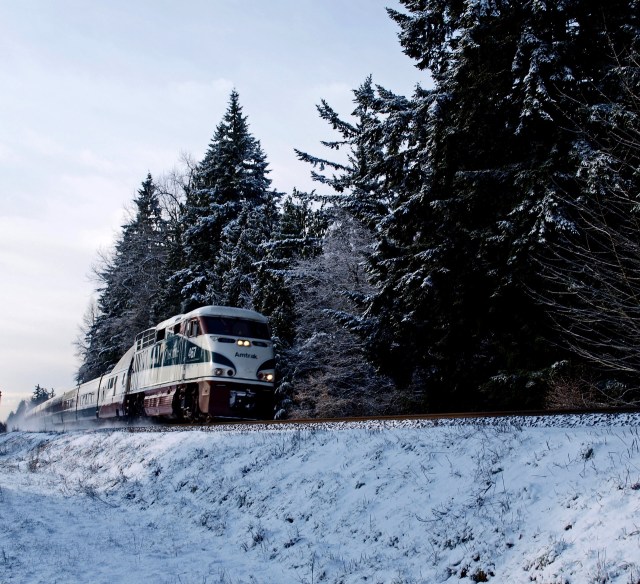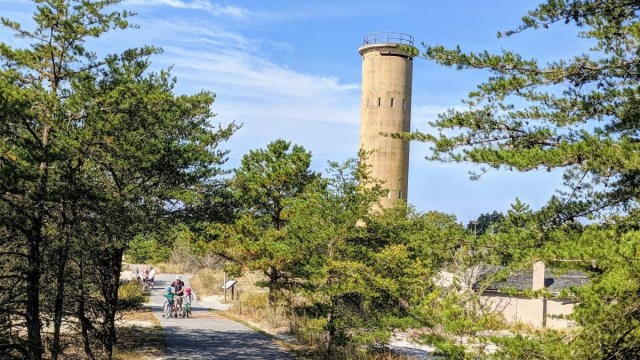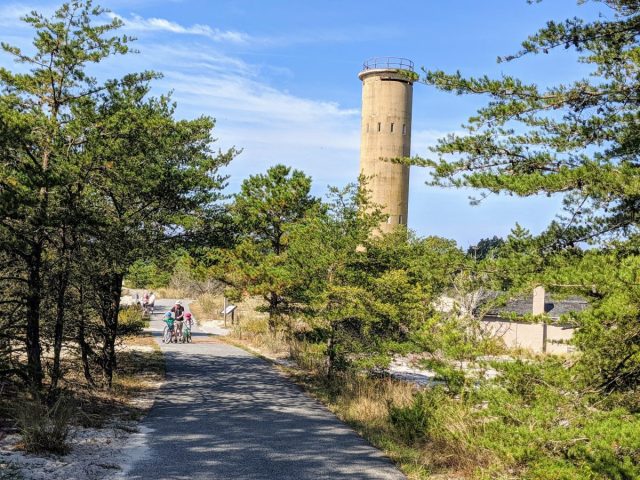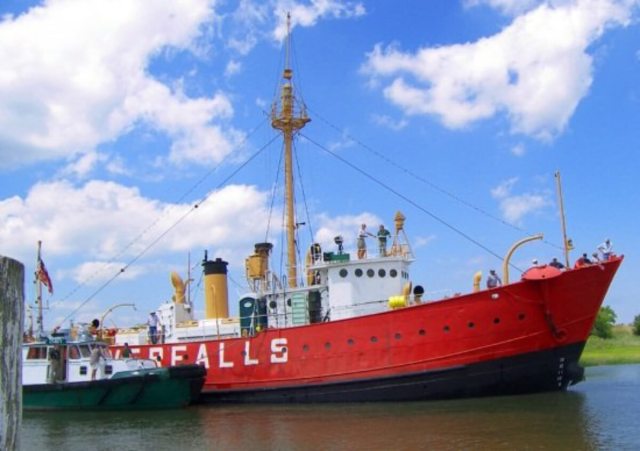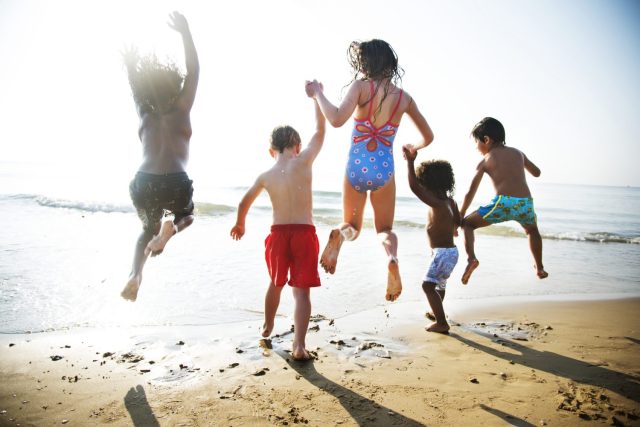Supplement your summer reading list with a few prizewinners that hit every age and stage
Whether you’ve got a tween who can’t get enough reading or you’re telling tales to your baby bump, every bookshelf deserves a few award winners. Sweet picture books, lyrical stories, and middle school graphic novels are just a few prizewinners you’ll find bearing the coveted winning seal. From the Caldecott Medal to the Coretta Scott King Medal, here are our top picks for award-winning children’s books.

Newbery Medal
It’s not if you’ve read a Newbury Medal winner, but rather how many. Starting in 1922, this award is given annually to the author “of the most distinguished contribution to American literature for children.” It’s named after 18th-century English children’s book publisher John Newbury, and it’s where you’ll find some of the best award-winning children’s books for upper elementary-grade and middle school kiddos. Read these, and then grab more from the complete winner’s list.
1. When You Trap a Tiger by Tae Keller
This award-winning children's book takes us into the world of Korean folklore. Lilly and her family move in with her sick grandma, and soon, a magical tiger appears and Lilly learns of a secret family history. Will she trade what her Halmoni stole from the tigers for Halmoni's health, or is the deal too good to be true? Ages 8-12
2. New Kid by Jerry Craft
In this new graphic novel, middle schooler Jordan Banks starts out at a prestigious new day school rather than the art school he longs to attend. Caught between two worlds and one of the few students of color at Riverdale Academy Day School, will Jordan find a balance between his school and home life and find a place to fit in? Ages 8-12
3. Last Stop on Market Street by Matt de la Pena
It all starts with a question—“Nana, how come we don’t got a car?”—and the story of young C.J. and the wisdom his grandma imparts is off and running, just like the bus they ride down Market Street after church on Sundays. This simple story about the perspective only grandparents can give their grandkids won the Caldecott Honor Award in 2016. Ages 3-5.
4. The Tale of Despereaux by Kate DiCamillo
Follow the tale of the brave mouse, Despereaux Tilling—who is in love with Princess Pea—Roscuro the rat, and Miggery Sow, a serving girl, as they come together to face the odds. Castles, dungeons, and soup are the backbones of this exciting story. Ages 7-10.
5. Shiloh by Phyllis Reynolds Naylor
Young Marty Preston is out for a walk when a shy beagle approaches him. The two bond instantly, and Marty takes the dog he dubbed Shiloh home, hiding him from his family and friends. Trouble ensues when Marty realizes this beautiful dog belongs to Judd Travers, a drinker who is cruel to all his hunting dogs. Will Marty be able to do the right thing and still keep Shiloh? Ages 7-10
6. Hello, Universe by Erin Entrada Kelly
The story of a bully, a prank, and a group of kid neighbors coming together to save one of their own is at the heart of this poignant and humorous story. If you’ve ever felt like a misfit or wanted to encourage your inner hero, this is the story for you. Ages 8-12.
7. Walk Two Moons by Sharon Creech
On a road trip from Ohio to Idaho, Salamanca Tree Hiddle entertains her grandparents with the story of Phoebe Winterbottom. As Phoebe’s larger-than-life story unfolds, so does Salamanca’s, which revolves around her missing mother. Ages 8-12.
8. The One and Only Ivan by Katherine Applegate
This engaging story about a gorilla in captivity and his friendship with a baby elephant is unique in so many ways. Not only is it told from Ivan the gorilla’s perspective, but it draws readers in with humor and the touching friendship between two unforgettable characters. Ages 8-12.
9. The Westing Game by Ellen Raskin
Eccentric millionaire, Sam Westing, has been murdered and the residents of the newly constructed Sunset Towers are invited to solve the mystery… with the possibility of winning big money. Follow the clues in the story to see if you can solve the mystery first. It’ll keep you guessing till the last page! Ages 8-12.
10. Merci Suarez Changes Gears by Meg Medina
The most recent Newbery recipient chronicles the middle school life of Merci Suarez, a scholarship student at a private school in Florida. She takes on jealous mean girls and tries to navigate her home life too. It’s a quintessential sixth-grade journey that will ring true for many kids who’ve been there. Ages 9-12
11. The Crossover by Kwame Alexander
Written in fast-moving verse that mirrors the pace of bouncing balls on the basketball court, this novel follows the life of two brothers, Josh and Jordan Bell as they navigate life both on and off the court. Ages 10-12.
12. The Graveyard Book by Neil Gaiman
This award-winner is a fanciful tale about a boy named Bod, who was raised in a graveyard by the ghoulies and ghosts who live there. Caught between two worlds, the living and the dead, he’s got challenges to face. Will he be up to the task? Ages 10 & up.
13. Kira-Kira by Cynthia Kadohata
Katie Takeshima’s world is upended when her family moves from a Japanese community in Iowa to the rural south, in Georgia. It’s there that she starts to notice differences that weren’t there before. Then her beloved sister, who helps her navigate the world, falls ill. Katie works to find the kira-kira (glittering light) in her newfound challenges. Ages 10 & up.
14. Number the Stars by Lois Lowry
An important work of historical fiction, Lois Lowry’s Newberry Award winner offers young readers a glimpse into the Holocaust. Centered around two families living in Copenhagen during WWII, one Jewish, and one not, the story chronicles the way a family helped rescue their Danish Jewish neighbors from being sent to a Concentration Camp. Ages 10-12.

Caldecott Medal
You’ve probably noticed the gold embossed Caldecott emblem on your kids’ books before. One of the most-recognizable ALA awards, it has honored the illustrator of the “most distinguished American picture book for children” since 1937. If picture books are your kid’s jam, this list highlights the best of the best. Check out the complete list of winners here.
1. We Are Water Protectors by Carole Lindstrom and Michaela Goade
Inspired by Native-led movements to protect the environment, this beautiful book by an Indigenous-author-illustrator team is an urgent cry to protect the Earth's water from pollution and harm. Ages 3-6
2. The Undefeated by Kwame Alexander and Kadir Nelson
A poem about the reality of slavery and all of its trauma, the power of the civil rights movement, and the determination of some of our country's greatest heroes, this historical book is a must for your bookshelf. Kids will not only get a deeper insight into an integral period of our nation's history but learn the words of change makers like Martin Luther King, Jr. and Gwendolyn Brooks. Ages 6-9
3. A Ball for Daisy by Chris Raschka
Whether your kiddo loves dogs or balls, they’ll find a special place in their heart for this book. Dear Daisy has a ball, a wonderful ball she loves to play with. But something happens to the ball, and Daisy has to deal with the loss that goes with it. Ages 3-7.
4. The Adventures of Beekle: The Unimaginary Friend by Dan Santant
If you’ve ever wondered where imaginary friends come from, this is the adventure for you. Much like babies, they’re born on an island; then chosen by a child who needs one. But what happens when an imaginary friend doesn’t get selected? Find out in this award-winning book. Ages 4-7.
5. Grandfather’s Journey by Allen Say
Centered around a worn family album, the sweeping watercolors of this book bring to life the longing for home that is at the heart of this story. The story of a grandfather who left Japan and wants to return, but feels out of place, is one many families can relate to. Ages 4-7.
6. The Polar Express by Chris Van Allsburg
The wildly popular tale of a young boy who boards the Polar Express, bound for the North Pole on Christmas Eve. His adventure aboard the train is almost as exciting as his chance to meet Santa and choose the first gift of Christmas. But a hole in the boy’s pocket may leave him giftless in the end. Ages 4-7.
7. Flotsam by David Weisner
A young boy’s trip to the ocean to beach comb, where he finds a barnacle-encrusted underwater camera, leads him on this beautifully illustrated adventure. A picture book that makes the usual magical, it’s a must-view. Ages 4-7.
8. This is Not My Hat by Jon Klassen
What happens when a little fish steals a hat from a big one? Find out in this illustrated tale that begs the age-old question, “will I get caught?” Ages 4-8.
9. Finding Winnie: The True Story of the World’s Most Famous Bear by Lindsay Mattick
If you ever wondered about the origins of Winnie the Pooh, this children’s book will clue you in. It all started when a vet, on his way to tend wounded horses in WWI, adopted a baby bear and named him Winnie. The story follows Winnie around the world until he finally lands in the London Zoo where he meets… you guessed it—Christopher Robin. Ages 5-6.
10. Hello, Lighthouse by Sophie Blackall
This Caldecott winner details the life of a lighthouse. From the boats that pass by in the night, to the family that lives inside. The illustrations are a centerpiece of this engaging tale. Ages 5-8.
11. The Man Who Walked Between the Towers by Mordicai Gerstein
File the action in this book under “don’t try this at home.” Then marvel at the tale of French aerialist, Philippe Petit, who walked, danced, and generally delighted on a tightrope he strung between the Twin Towers. Ages 5-8.
12. Radiant Child: The Story of Young Artist, Jean-Michel Basquiat by Javaca Steptoe
Artist Javaca Steptoe tells the story of break-out artistic sensation Jean-Michel Basquiat, growing up in New York City. Bold, colorful pictures bring the poetry of the story to life, and Basquiat’s vision jumps off the page. Ages 6-9.
13. The Invention of Hugo Cabaret by Brian Selznick
A young orphan, Hugo, lives in the clock tower of a busy Paris train station. There, he goes unnoticed, until an odd girl and the old man who runs the toy store in the station collide with Hugo’s world. There are mysteries to solve in this beautifully illustrated book for older kids. Ages 9-12.
14. Golem by David Wisniewski
Cut paper pictures illustrate this story of legend. A Jewish Rabbi creates a golem from clay to protect his people in the ghettos of 16th-century Prague. As the story unfolds, ideas of good and evil and the responsibility of creation emerge. Ages 10-12.

Coretta Scott King Award
Starting in 1969, the Coretta Scott King Award has been given to African American authors and illustrators who “demonstrate an appreciation of African American culture and universal human values” in their books for children and young adults. You can get the full list of winners here, including the John Steptoe Award for New Talent author and illustrator winners.
Author
1. Before the Ever After by Jaqueline Woodson
This is Woodson's second Coretta Scott King Award; Before the Ever After is a thoughtful novel that examines what happens to a family after the glory days are gone and what exactly professional sports due to Black bodies. Ages 10-12
2. One Crazy Summer by Rita Williams-Garcia
One Crazy Summer is the story of three young sisters who set out from New York to spend a month in California with their poet mother. The year is 1968, and they soon find out the summer they have envisioned is far from the one they experience during their stay. This award-winning book is a fantastic snapshot of a moment in America’s history. Ages 8-12.
3. P.S. Be Eleven by Rita Williams-Garcia
The second book in the series is about the Gaither sisters, this one takes place after the girls arrive home from their summer. And thanks to their newly found independence, and some other big changes, things back at home aren’t running smoothly. Ages 8-12.
4. Gone Crazy in Alabama by Rita Williams-Garcia
Centered around the Gaither sisters, Delphine, Vonetta, and Fern, this stand-alone book can be read on its own or as a companion to the original two (mentioned above). This time the girls are off to Alabama to visit family, but when they get there they realize Ma Charles (their great-grandmother) and her half-sister, Miss Trotter, aren’t on speaking terms. The girls work to bring the two together in this heartwarming tale about the importance of family. Ages 8-12.
6. Bud, Not Buddy by Christopher Paul Curtis
This Newbery Award winner is set in Flint, Michigan in 1936 and centers on the story of Bud Caldwell, a 10-year-old orphan. After escaping an untenable foster situation, Bud and his friend Bugs head West in search of his father, Herman E. Calloway, a musician. What Bud learns and who he finds, in the end, will keep you turning the pages of this novel. Ages 8-12.
7. brown girl dreaming, by Jacqueline Woodson
Jacqueline Woodson’s novel, written in verse, chronicles her life growing up in the Civil Rights era. Caught between two worlds, one black and one white, one New York and one South Carolina, each of the book’s poems weaves in another strand of her life’s history as she tries to both find and define her place in the world. Ages 10 & up.
8. Piecing Me Together by Renee Watson
The story of Jade, a young African American girl who is taking advantage of every opportunity that comes her way so she can make it out of her poor neighborhood and find success. But an invitation to join a program for “at-risk” girls leaves Jade to wonder how she’s viewed in this world. Ages 12 & up.
9. March: Book 3 by John Lewis & Andrew Aydin
The final book in a graphic novel trilogy that follows then civil rights activist (now Congressman) John Lewis as he creates innovative campaigns to bring about a non-violent revolution in 1963, In this book, it’s time to march in Selma. Ages 12 & up.
Illustrator
1. New Kid by Jerry Craft
In this new graphic novel, middle schooler Jordan Banks starts out at a prestigious new day school rather than the art school he longs to attend. Caught between two worlds and one of the few students of color at Riverdale Academy Day School, will Jordan find a balance between his school and home life and find a place to fit in? Ages 8-12
2. The Stuff of Stars by Marion Dane Bauer
Follow the development of our world from its first BANG into creation to the intricate lives of individuals now. Vivid illustrations help to bridge science and art in this award-winning book. Ages 4-8.
3. Trombone Shorty by Troy Andrews
Follow the life of trombone prodigy, Troy Andrews, from leading his own band at the age of six to earning numerous Grammy nominations now. You don’t have to be a music lover to be inspired by this biographical tale. Ages 4-8.
4. I, too, Am America by Langston Hughes
The pictures that illustrate this Langston Hughes poem remind all Americans that we are one united country, despite our differences. Ages 4-8.
5. Underground: Finding the Light to Freedom by Shane W. Evans
See through the eyes of escaping slaves and the lengths they went to in order to find freedom. A poignant introduction to the difficult but uplifting topic of the Underground Railroad, it’s a great read for little kids. Ages 4-8.
6. Rosa by Nikki Giovanni
Cut paper images are used to retell the iconic story of Rosa Parks, the civil rights activist who refused to give up her seat on a city bus over 50 years ago. The images bring this story to life for young readers. Ages 4-8.
7. Firebird by Misty Copeland
Written by famous ballerina—Misty Copeland—the book shares Copeland’s time-tested formula for success: hard work, perseverance, and believing in oneself. With stunningly fluid illustrations that make the characters dance off the pages, this inspirational story will get young readers motivated to try whatever piques their interest. Ages 5-8.
8. Out of Wonder by Kwame Alexander
Poetry that pays homage to famous poets who came before—that’s the gist of this brilliantly illustrated book. Introduce your kids to greats, both new and old with this read. Ages 8-12.

Belpré Medal
First awarded in 1996, this medal is named after the first Latina librarian at the New York Public Library, Pura Belpré. It honors Latino/Latina authors and illustrators whose work best portrays, affirms, and celebrates the Latino cultural experience in literature for children and youth. Originally awarded every two years, it’s now awarded annually. The full list is a great resource.
1. Efrén Divided by Ernesto Cisneros
The story of a young boy and his family, when American-born Efrén's mother fails to return home one day, he must find the courage to care for his siblings and reunite his family. A stark but important glance at the tragic effects deportation has on a family. Ages 8-12
2. Sal and Gabi Break the Universe by Carlos Hernandez
Sal and Gabi didn't meet under the best circumstances, but that doesn't stop them from high adventure. When Gabi discovers Sal can reach through time, she wonders—can it bring back her mother who's passed away? This Cuban-inspired sci-fi story is just what your middle schooler ordered. Ages: 8-12
3. Drum Dream Girl by Margarita Engle
This story is based on the life of real-life girl drummer, Millo Castro Zaldarriaga, who broke gender norms in Cuba. Bright pictures and words that could be lyrics themselves make this an engaging read for all music-loving kids. Ages 4-7.
4. Dreamers by Yuyi Morales
The newest winner by celebrated children’s author, Yuyi Morales, tells the tale of her own migration, leaving home with nothing but her passion, skills, and knowledge and embarking on an overwhelming adventure in a new land with her young son. Ages 4-8.
5. Chato’s Kitchen by Gary Soto
East L.A.’s coolest cat, Chato is in luck! A plump family of mice has moved in next door, and he can’t wait to have them over for dinner … as the main course. But these mice have a few tricks up their sleeve yet. Find out what happens when you read this colorful picture book with your kids. Ages 4-8.
6. Grandma’s Gift by Eric Velasquez
It’s Christmas time, and young Eric is visiting his grandmother for the holiday. After prepping for the celebration, the two head to the MET, where an artist who shares his last name inspires Eric. Grandma takes note and finds a special gift for him to put under the tree. Ages 4-8.
7. Juana & Lucas by Juana Medina
Get to know Juana, a spitfire character living in Bogota, Columbia, and her sidekick Lucas in this charming easy reader. Juana is learning how to speak English in school, but she’s not sold until her grandparents allude to a special trip she’ll be taking and why speaking a second language might come in handy. Find out what she learns in the first of a series about Juana. Ages 7-9.
8. The Dreamer by Pam Munoz Ryan
What would you do if you heard a voice calling to you from the forest? This is a question young Neftali answers in The Dreamer. Does he listen to his critics or follow the voice on an adventure that takes him on a “journey of self-discovery”? Ages 8-12.
9. Lucky Broken Girl by Ruth Behar
A compelling coming-of-age story, Lucky Broken Girl remembers the author’s early years, her immigration to New York from Cuba, and the devastating car crash that left her confined to bed in a body cast. A powerful read about the strength of the human spirit. Ages 10-12.
10. I Lived on Butterfly Hill by Marjorie Agosin
This work of historical fiction chronicles the life of Celeste Marconi who is sent to America after her parents have to go into hiding in Chile. Always dreaming of home, she wonders what will happen to her mother and father after democracy is restored in her homeland. Ages 10-14.
11. Poet X by Elizabeth Acevedo
The lyrical language of this novel makes reading Xiomara’s story easy, although her life was not. She’s a scrapper, who came into this world fighting, even though her mother would prefer she didn’t. She’s got poetry in her veins, so it’s no wonder she’s invited to join her school’s slam poetry club. But will Mami let her? Ages 12 & up.

Ezra Jack Keats Award
Originally established in 1985 to encourage new talent in the field of children’s literature, the EJK award now honors both illustrators and writers. It’s a curated list of picture books that tell compelling, diverse stories with pictures to match. You can find all the winning titles here.
Author
1. Small in the City by Sydney Smith
A sweet picture book from first-time author Smith that sees a big, busy city through the eyes of a small child. Ages 4-8.
2. Tea Party Rules by Ame Dyckman
We’ve all been there—invited to a tea party but not quite sure about the rules. Your tot will love sussing it out alongside Bear as he tries his best to be a team player and get cookies at the tea party. Ages 3-5.
3. Crown: An Ode to the Fresh Cut by Derrick Barnes
As many kids can tell you, having a fresh haircut makes you feel like a king (or queen). And that’s what this beautifully illustrated story is all about. Hop into the barber chair for a fresh perspective! Ages 3-8.
4. And Then It’s Spring by Julie Fogliano
Winter is over, and a young boy decides he’s ready for spring! So he plants a garden and waits … and waits … through all the brown, looking for signs of the green to come. A good lesson in taking care of things and practicing patience, this sweet story is a joyful one. Ages 4-7.
5. Kitten and the Night Watchman by John Sullivan
One of the newer recipients of this award, it’s a sweet story based on the author’s real-life watchman experience, with his stray sidekick cat, Bebee. But what happens when the watchman’s new friend goes missing? A feel-good, good-night read. Ages 4-8.
6. Hana Hashimoto, Sixth Violin by Chieri Uegaki
You might think it silly to sign up to play the violin at a talent show after just three lessons; Hana’s older brothers do. But Hana signs up anyway and practices her little heart out getting ready for the big day. Inspired by her grandfather’s playing and wise advice, she can’t wait for her debut! Ages 4-8.
7. My Best Friend by Mary Ann Rodman
Navigating friendship can be tough. And so it is for Lily when she spends time at the pool over the summer. While she’s declared Tamkia to be her new best friend, Tamika isn’t available—she’s already got a best friend. Who will be Lily’s friend now? Ages 4-8.
8. A Piece of Home by Jeri Watts
Moving from Korea to West Virginia means lots of changes for young Hee Jun. He doesn’t speak the language, doesn’t look like the other kids, and doesn’t recognize much from home. So when he finds a Rose of Sharon in a friend’s yard—a flower he recognizes from Korea—he begins to feel at home. Ages 5-8.
Illustrator
1. Shh! We have a Plan by Chris Haughton
Four friends conspire to sneak up on an exotic bird in this comedy of errors. Will they or won’t they eventually be able to spot this elusive bird? Ages 2-5.
2. Thank you, Omu!
A heartwarming story about a pot of stew and filling hungry bellies, Omu’s generosity leaves her with an empty pot and none for herself. Will she have a chance to enjoy her tasty gift? Ages 4-7.
3. Same, Same but Different by Jenny Sue Kostecki-Shaw
Pen pals may be old school, but the realizations Elliot and Kailash have about each other’s experiences and culture are timeless. The two find endless ways to be the same but totally different while maintaining a friendship across the ocean. Ages 4-7.
4. My Name is Yoon by Helen Recorvits
The question “what’s in a name?” is answered in this beautifully illustrated book. Yoon isn’t quite sure she likes the way her name looks in English. Maybe she’d be better off with another one—like “cat” or how about “cupcake?” Ages 4-8.
5. Daniel Finds a Poem by Micha Archer
Poetry is all around. At least that’s what Daniel discovers after spending time in the natural world and interacting with his animal friends. Wonderfully playful pictures bring these grand images to life. Ages 5-8.
6. Bird by Zetta Elliot
There are many issues complicating Mekhai’s life, like his grandfather’s recent death and his brother’s issues with addiction. For Mekhai, nicknamed Bird, life gets easier in his drawings, where he can escape and erase mistakes he (and others) make. Find out about the healing power of art in this engaging, award-winning book. Ages 8-12.
7. Ruby’s Wish by Shirin Yim
Ruby is a young girl in old China who dreams of attending university, just like the boys in her family do. It’s a story inspired by the author’s grandmother, and it celebrates hard work and determination that is part of working to make dreams a reality. Ages 8-12.
Related: 28 Banned Books That Every Kid Needs to Read
All the products listed are independently & personally selected by our shopping editors.
If you buy something from the links in this article, we may earn affiliate commission or compensation. Prices and availability reflect the time of publication.
All images courtesy of publishers.
